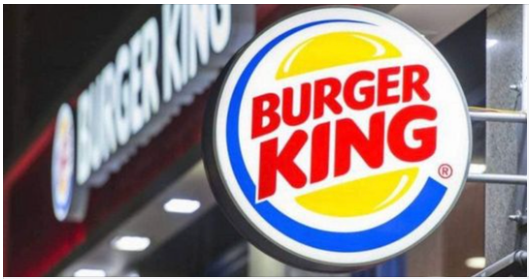Burger King, the well-known fast-food chain, is making headlines with its bold decision to close a significant number of its locations across the United States. This strategic move is part of the company’s larger plan to restructure its operations and undergo a complete rebranding.

Streamlining Burger King’s Network of Locations
While Burger King has always been fearless in its pursuit of operational excellence, the closure of around 400 outlets in the United States marks a significant departure from the norm. Burger King’s CEO, Joshua Kobza, has emphasized the company’s unwavering commitment to meeting and exceeding demanding operational criteria. The goal is to empower franchisees to oversee restaurants that surpass average performance benchmarks, ensuring a robust network of thriving outlets.
A Multifaceted Reinvigoration and Modernization Strategy
Reducing its operational presence is just one piece of Burger King’s larger strategy to revitalize its identity and boost its prestige in the competitive world of fast-food. With its “Reclaim the Flame” rebranding project, Burger King has invested a whopping $400 million to breathe new life into the brand. This includes inventive advertising campaigns, simplified menus, and extensive renovations to reignite the brand’s appeal.
Burger King has set aside $50 million over the next two years to execute comprehensive makeovers in nearly 3,000 of its shops. These makeovers involve cutting-edge technology, advanced culinary modifications, and practical changes to enhance the overall customer experience. By embracing revolutionary concepts like three-lane drive-thrus and innovative delivery methods, Burger King aims to stay at the forefront of the fiercely competitive fast-food sector.
Towards Burger King’s Promising Future
While navigating this transformative journey, Burger King will face a mix of internal and external challenges. The pandemic exposed flaws in the company’s digital infrastructure, hindering its ability to manage the growing demand for online orders and deliveries. Additionally, ventures into experimental menu items, such as the Impossible Burger, presented their own set of challenges that required careful navigation.
However, amidst these strategic closures, there is a glimmer of hope. Burger King saw an impressive 8.7% increase in comparable sales for the first quarter of 2023. This positive trend is a testament to the success of Burger King’s astute strategies, including a streamlined menu, thoughtful rebranding efforts, and targeted closures of underperforming locations.
In an industry where Burger King competes with giants like McDonald’s and Wendy’s, as well as newcomers like Five Guys and Shake Shack, these strategic moves are crucial. Burger King is forging a path to reclaim its market share and redefine its position within the fast-food sector. This revolutionary journey includes identity realignment, menu refinement, and immersive eating experiences.
A Confluence of Transformation and Refinement: The Closure Gambit
Burger King’s decision to embark on a series of closures goes beyond operational changes. This pivotal moment represents a delicate dance towards brand redesign, operational streamlining, and an unwavering commitment to enhancing the customer experience. All of this is happening at a time when the fast-food landscape is undergoing a significant shift, with changing consumer preferences.
Burger King is stepping up as an industry innovator, challenging conventional paradigms and paving the way for an exciting new era. Through its rebranding campaigns, investments in modernization, and intentional closure of underperforming locations, Burger King is ready to make a splash and captivate the taste buds of its discerning consumers.
